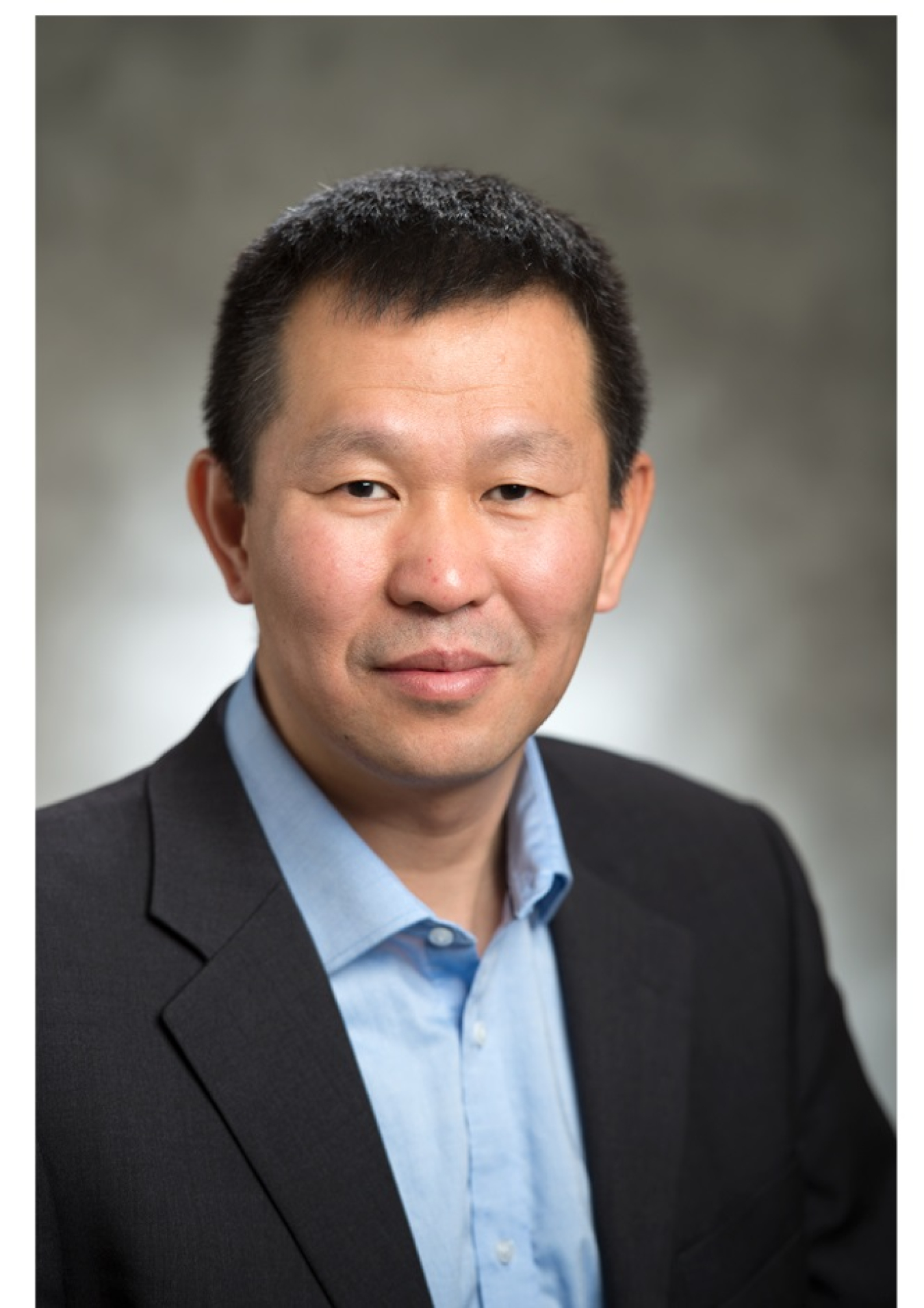The Energy Department is working toward maximizing the use of solar energy to produce electricity—even when the sun isn’t shining.
Office of Energy Efficiency & Renewable Energy
July 25, 2017Learn about a SunShot Initiative project with Austin Energy working to develop energy storage solutions to enable higher amounts of solar to be added to the grid, while also developing a storage model that can be used by other utilities.
One of the biggest challenges to maximizing the use of solar energy is enabling it to produce electricity even when the sun isn’t shining—both at night and during inclement weather. While the SunShot Initiative has funded a wide variety of energy storage research that integrates with concentrating solar power, SunShot started tackling storage for photovoltaics (PV) head-on in January 2016 with its Sustainable and Holistic Integration of Energy Storage and Solar PV (SHINES) funding program.
The six SHINES projects are working to develop integrated photovoltaic (PV) and energy storage solutions that are scalable, secure, reliable, and cost-effective. As these projects approach the halfway mark of their three-year performance period, they have made notable progress toward creating solutions that will ultimately allow utilities and consumers alike to benefit from solar energy storage.
The Electric Power Research Institute (EPRI) project is working with five utilities to test energy storage and load management technology. So far, the team has deployed a prototype system that integrates PV, batteries, smart home technology, and weather forecasting equipment onto two adjacent homes in northwest Florida.

This satellite image shows the two Florida homes where EPRI is conducting its energy storage project.
Researchers are tinkering with the setup of each home to better understand how all of the technologies interact to generate and store power based on the weather forecast. This will help the system automatically store energy when a storm is on the way, enabling the home to rely on solar power without active sunshine. The technology also helps electric grid operators balance the supply and demand of solar energy on the grid. Along with the residential prototype system, the EPRI team will build commercial-scale prototypes in the near future.
Austin Energy in Texas is integrating energy storage technology into its energy management tools, allowing for better control of the solar energy generated by homes within its service territory. When homes generate solar electricity, that power flows to a utility’s feeder. With the new distributed energy resource optimizer that Austin Energy created, that energy can now be diverted to massive battery storage facilities so the utility can rely on that power when it’s needed.
Austin Energy in Texas is constructing energy storage facilities to house batteries that will retain the sun’s energy for later use.
This tool will continue to be refined throughout the remainder of the project, but its development enables the team to move forward with plans to construct energy storage facilities that incorporate this new storage system. Austin Energy isn’t the only entity to benefit from this work. The utility is developing a template so other utilities across the country can implement similar systems based on this project.
Similar to the other projects, Carnegie Mellon University (CMU) is developing a utility operating framework that incorporates PV and energy storage. The team’s unique algorithm prevents any communications malfunctions between a rooftop solar array and the utility. If something goes wrong, like a storm knocking down some power lines, the system as a whole will still be able to function regardless of any faulty devices or communication breakdowns. This resilience is an important capability for utilities, especially in areas that are prone to severe weather. With the algorithm complete, the next step for CMU is to field-test the technology on feeders at Vermont Electric Cooperative.

Learn more about the SunShot Initiative
As more American homes and businesses are powered by sunshine every day, these SHINES projects are making sure that solar power is available even when the sun is not. The energy storage capabilities under development will enable renewable energy sources like solar to play a larger role on our nation’s electric grid. This is a critical component of the Energy Department’s Grid Modernization Initiative, as we work to create the grid of the future that will be capable of delivering resilient, reliable, flexible, secure, sustainable, and affordable electricity.
Learn more about all of the SHINES projects.
Guohui Yuan

Dr. Guohui Yuan is the program manager for the systems integration (SI) subprogram within the Solar Energy Technologies Office (SETO). His team supports research, development, and demonstration of technologies and solutions to enable the widespread deployment of solar energy on the nation’s electricity grid.
Dr. Yuan has been supporting SETO as a technical advisor since 2011. Previously, he held several key positions at industry-leading clean technology startups, including CURRENT Group, GridPoint, and WaveCrest Labs. Early in his career, he worked at COMSAT Labs as a systems scientist. He is a recognized thought leader and has many technical publications. He holds nine patents.
He holds a B.S. degree from Tsinghua University, Beijing, China and a Ph.D. from the University of Maryland, College Park, both in physics.

